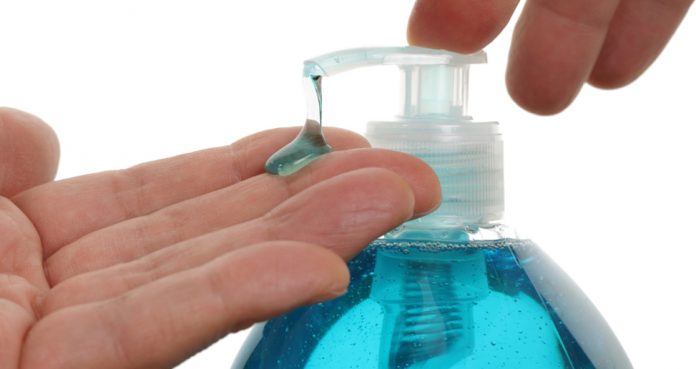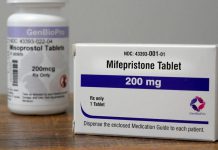According to a new study, a chemical that has been banned from hand sanitizers may double the risk of developing a bone condition called osteoporosis in women.
Chinese researchers found that women with high exposure to triclosan were more likely to have osteoporosis. They associated triclosan with a twofold increase in the risk of developing osteoporosis and bone density issues.
The study was published Tuesday in The Journal of Clinical Endocrinology & Metabolism.
The researchers analyzed more than 1,800 adult US women. They found that older women with high levels of triclosan in their urine were at greater risk of having weaker bones.
They said triclosan is a hormone-disrupting chemical, which is commonly found in household items such as toothpaste, soap, mouthwash, and hand sanitizers – thanks to its antibacterial properties. Trace elements of the chemical can also be found in kitchenware, cosmetics, toys, and even clothing.
Yingjun Li, a lead researcher from Hangzhou Medical College School of Public Health told HealthDay, “We have detected that the highest triclosan levels in the urine were associated with a lower bone mineral density in the femur and the lumbar spine.”
In 2016, the U.S. Food and Drug Administration (FDA) banned triclosan from being used in soaps after several animal tests found that it disrupted hormones and associated with the development of antibiotic-resistant germs.
With strong evidence of triclosan’s inefficacy at reducing gingivitis, the FDA issued a rule banning the chemical from being used in hand sanitizers. Li said, “This was the first study to investigate the relationship between triclosan and human bone health.”























